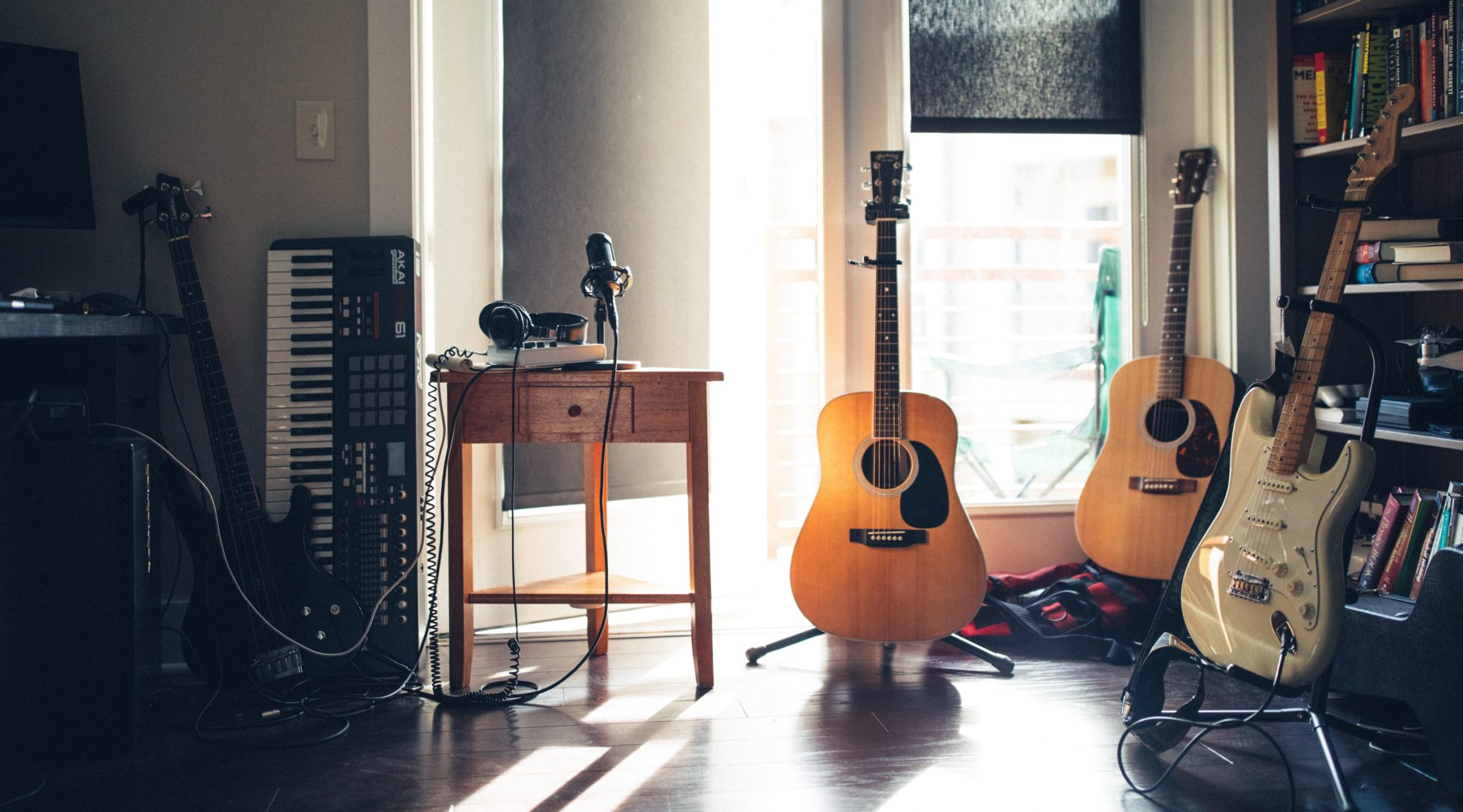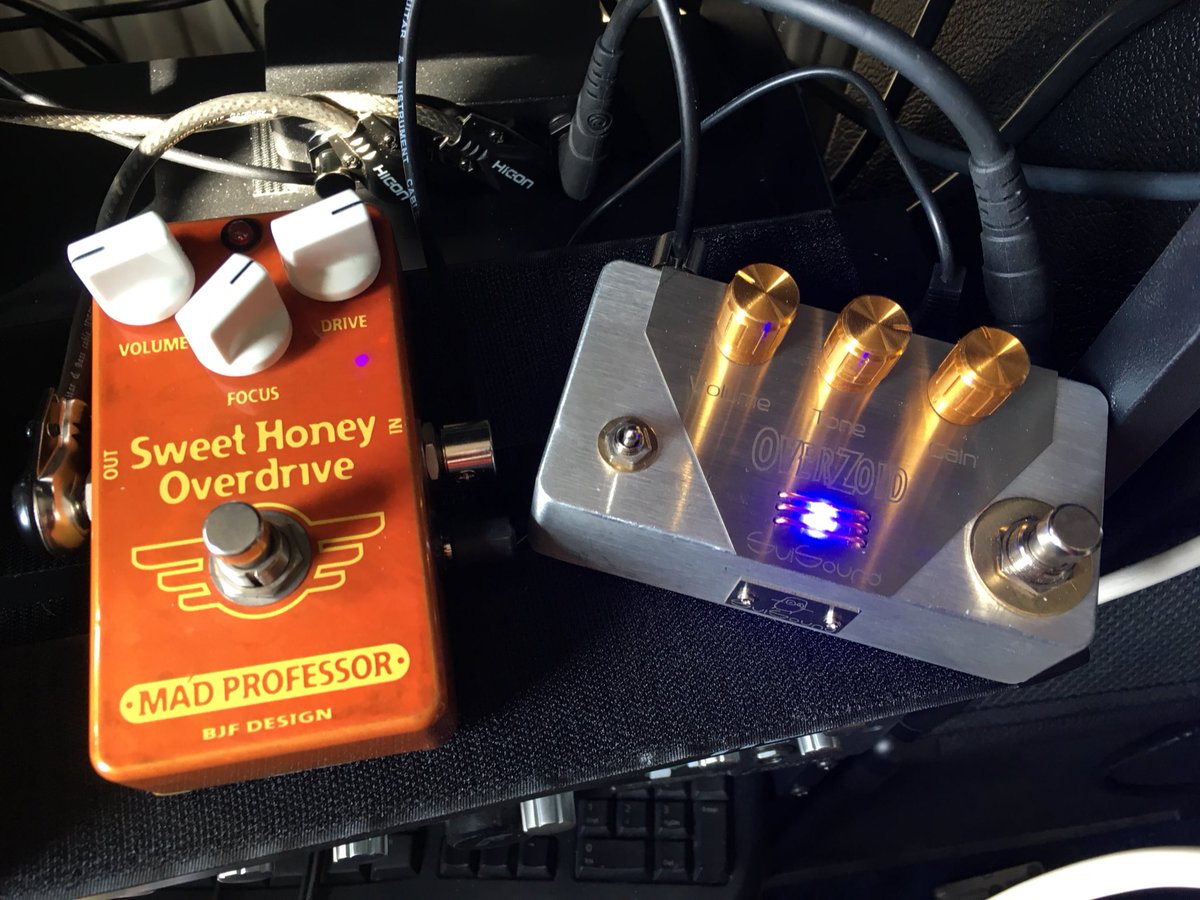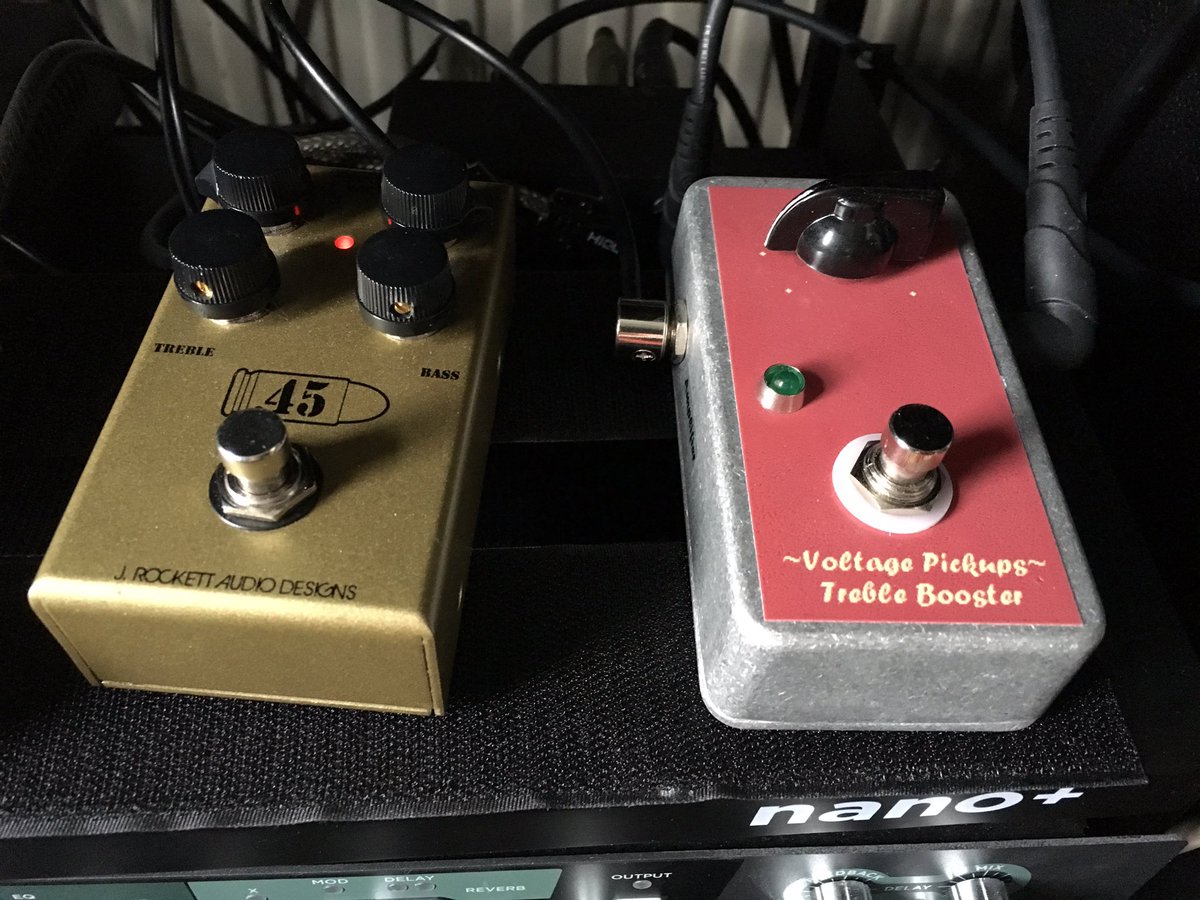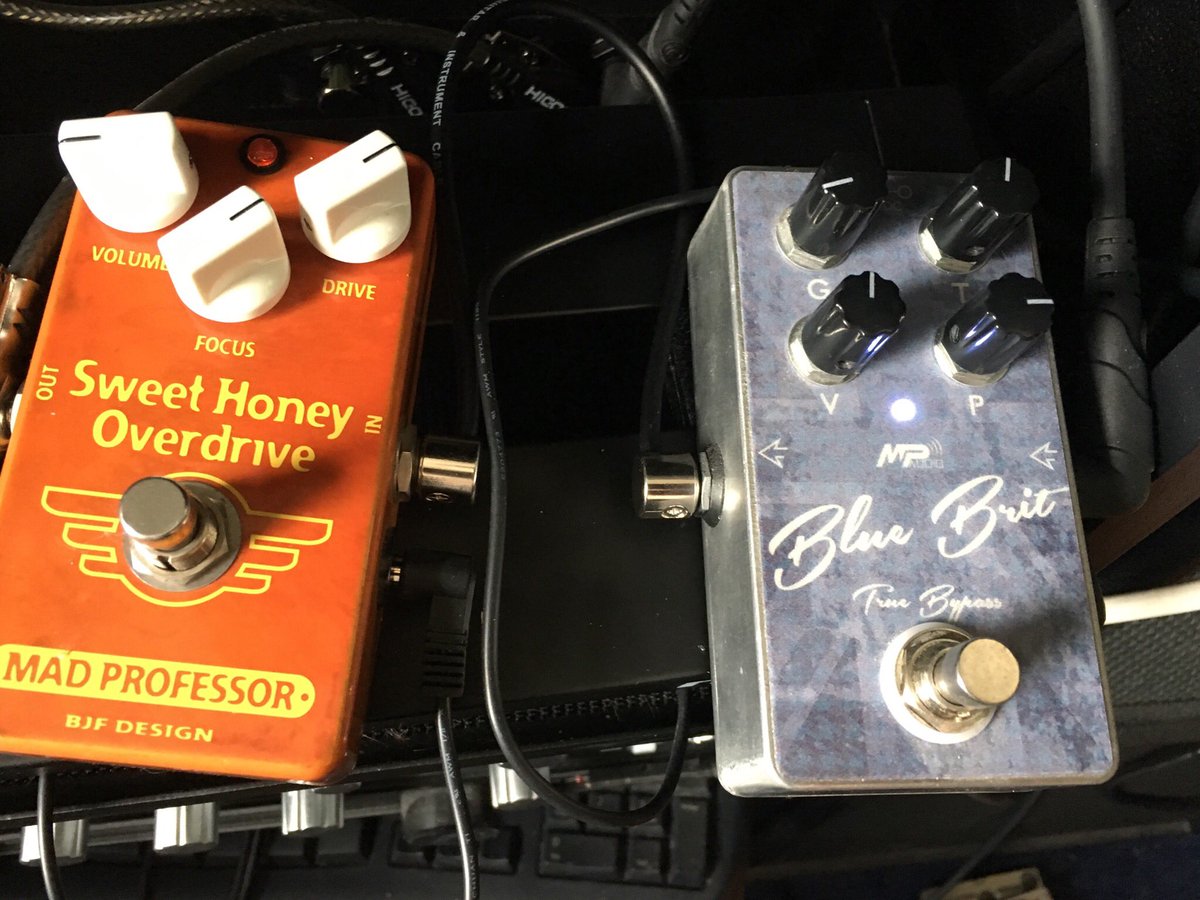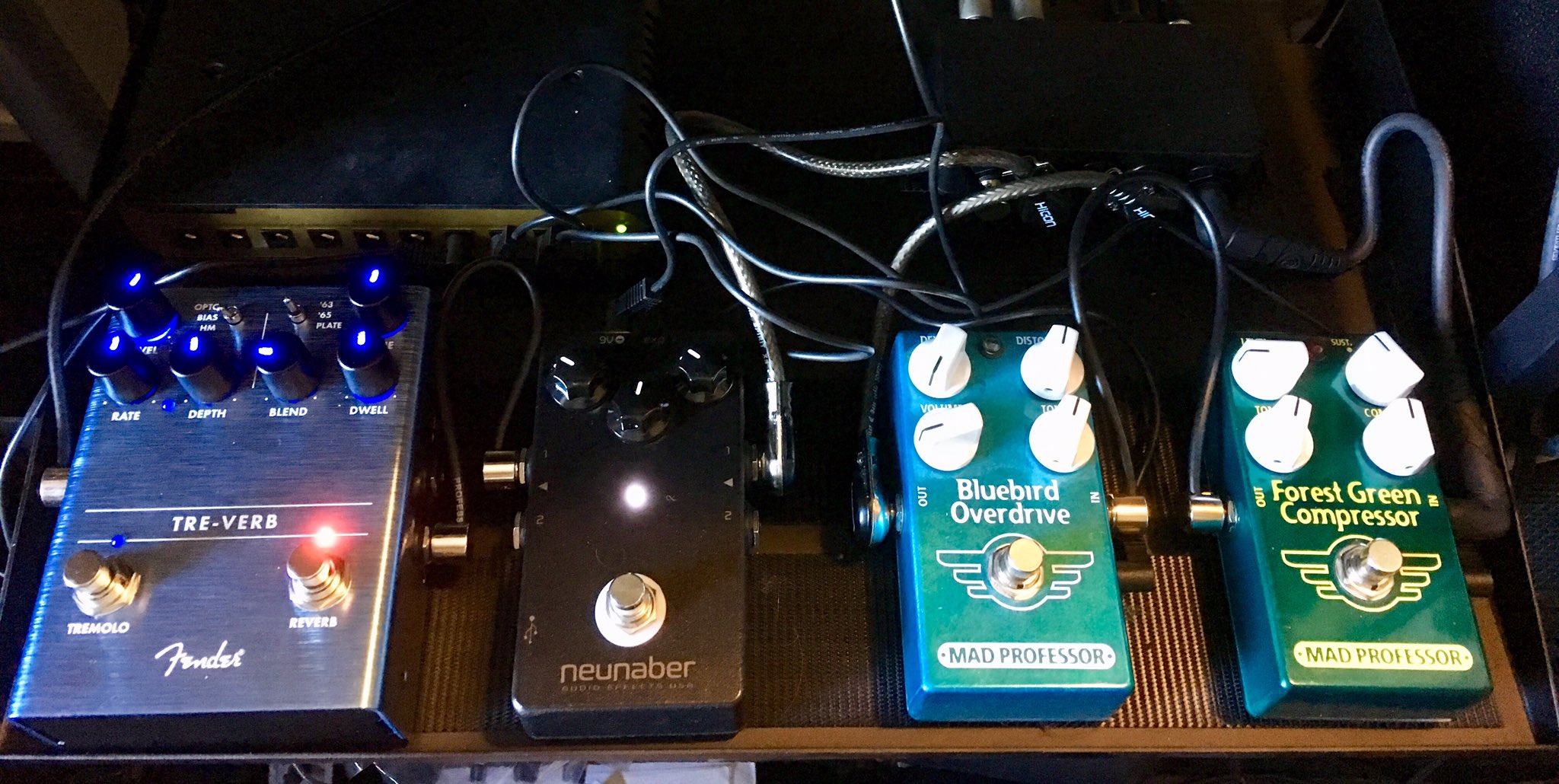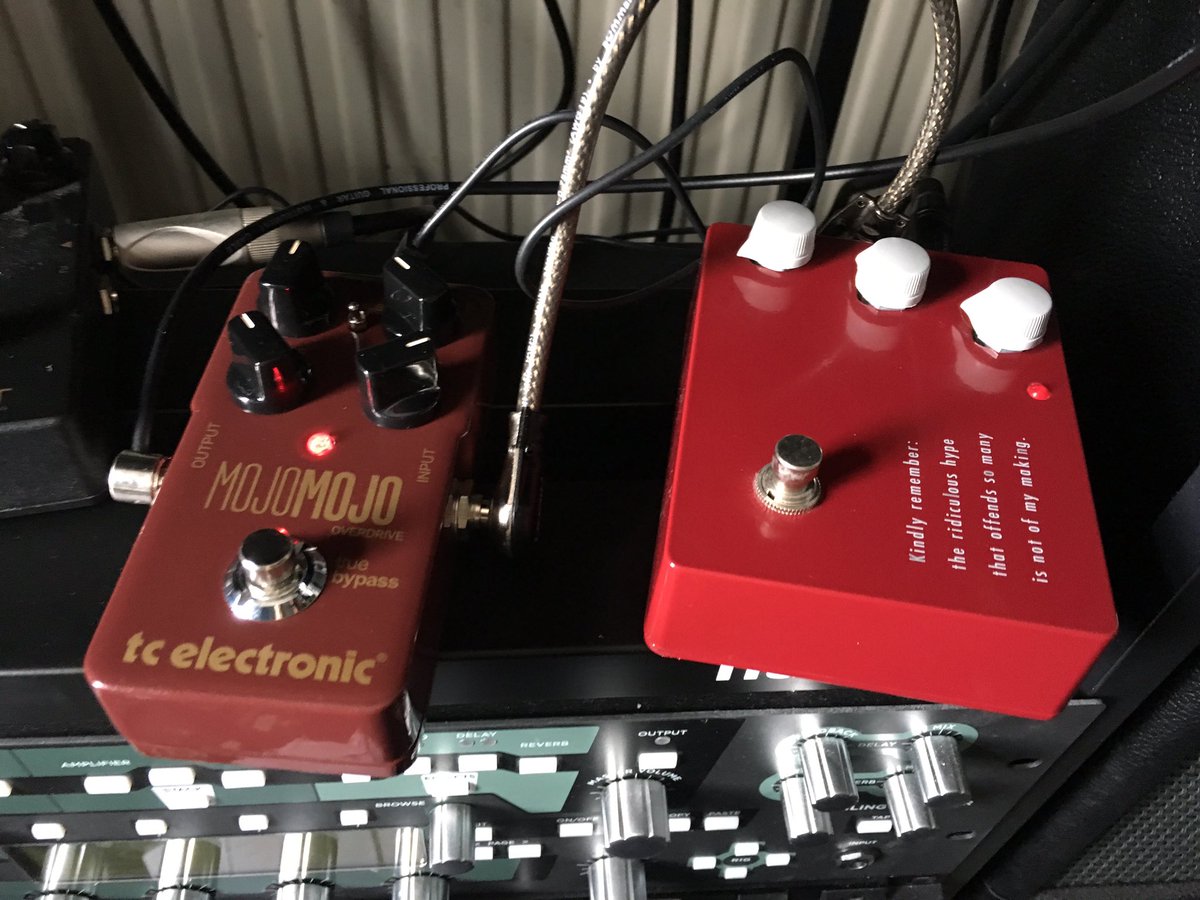At a recent post-gig band rehearsal, we decided that I needed to start adding effects to my acoustic rig. The plan this month was to build out a full acoustic board – one that’ll run into the amp for shows, and also directly into a PA for open-mic spots.
Sadly, my timing’s off, and the pedals I’m targeting for the acoustic board have been out-of-stock every time I’ve gone shopping for them. In the meantime, there’s been a few unexpectedly good bargains crop up on eBay, so I grabbed those instead.
Here’s a list of all the new gear that arrived in May, along with my first impressions of each item. I’ll do a detailed writeup about each piece of gear when I’ve had a bit of time with it.
Continue reading “New Arrivals For May 2019”